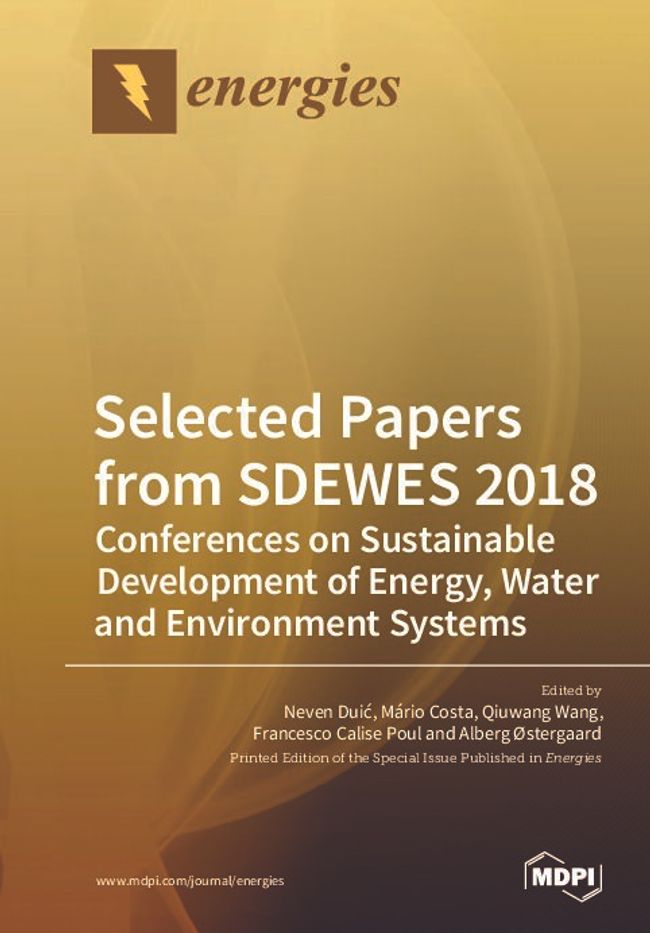搜索结果 (191,875)
Selected Papers from SDEWES 2018
CC BY
Preface Several countries have recently realized that the present paradigm of development in environmental and energy fields is unsustainable. As global awareness of environmental issues grows, governments worldwide are promoting policies which aim to limit the harmful effects of human development on the environment. In particular, these novel policies seek to address the rapid increase of the global temperature (especially in the polar regions) as well as to manage human plastic waste accumulating in seas. To resolve these issues will require a number of actions to be implemented; unfortunately, the recent COP 24 Conference was unsuccessful in establishing a global agreement to achieve these actions. In order for the upcoming 2020 COP 26 Conference to be successful in creating such an agreement, the scientific community must support the policymakers’ efforts. Within this framework, it is necessary to show the efforts of countries worldwide as they try to negotiate an agreement to increase the energy efficiency and reduce greenhouse gas (GHG) emissions. In addition, the research reports generated can provide quantitative measures of the necessary actions to be implemented in order to address sustainable and efficient energy use. Among other topics, the papers presented in this issue investigate innovations in novel efficient and environmentally friendly technologies mainly based on renewable energy sources. The study also highlights the different sectors involved in this task, such as energy conversion systems, urban areas, mobility, sustainability, water management, social aspects, etc. In this field, the Sustainable Development of Energy, Water and Environment Systems (SDEWES) conference provides the foremost forum for discussion on these topics. The 13th Sustainable Development of Energy, Water and Environment Systems Conference was held in Palermo, Italy in 2018. This Special Issue of Energies, precisely dedicated to 13th SDEWES Conference, features papers in three main topics: Energy policy and energy efficiency in urban areas, energy efficiency in industry, biomass and other miscellaneous energy systems.

Wound Debridement Market 2022 Leading Key Players Analysis Report by 2028
Avni Khanna
The Latest Research Report On Wound Debridement Market Offered By DecisionDatabases Provides Global Industry Analysis, Size, Share, Growth, Trends and Forecast Till 2028.

Explaining Criminal Careers
CC BY-NC-ND
Explaining Criminal Careers presents a simple quantitative theory of crime, conviction and reconviction, the assumptions of the theory are derived directly from a detailed analysis of cohort samples drawn from the “UK Home Office” Offenders Index (OI). Mathematical models based on the theory, together with population trends, are used to make: exact quantitative predictions of features of criminal careers; aggregate crime levels; the prison population; and to explain the age-crime curve, alternative explanations are shown not to be supported by the data. Previous research is reviewed, clearly identifying the foundations of the current work. Using graphical techniques to identify mathematical regularities in the data, recidivism (risk) and frequency (rate) of conviction are analysed and modelled. These models are brought together to identify three categories of offender: high-risk / high-rate, high-risk / low-rate and low-risk / low-rate. The theory is shown to rest on just 6 basic assumptions. Within this theoretical framework the seriousness of offending, specialisation or versatility in offence types and the psychological characteristics of offenders are all explored suggesting that the most serious offenders are a random sample from the risk/rate categories but that those with custody later in their careers are predominantly high-risk/high-rate. In general offenders are shown to be versatile rather than specialist and can be categorised using psychological profiles. The policy implications are drawn out highlighting the importance of conviction in desistance from crime and the absence of any additional deterrence effect of imprisonment. The use of the theory in evaluation of interventions is demonstrated.



